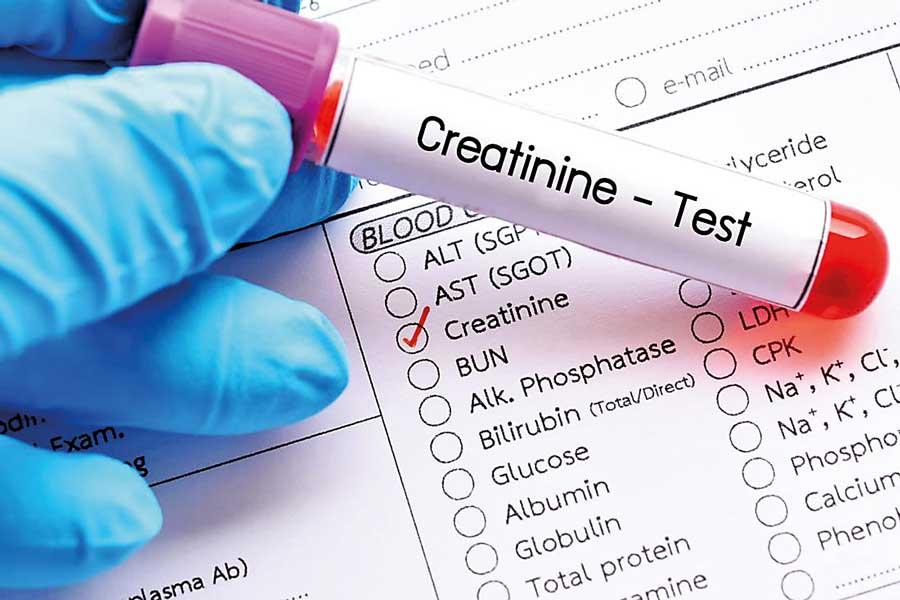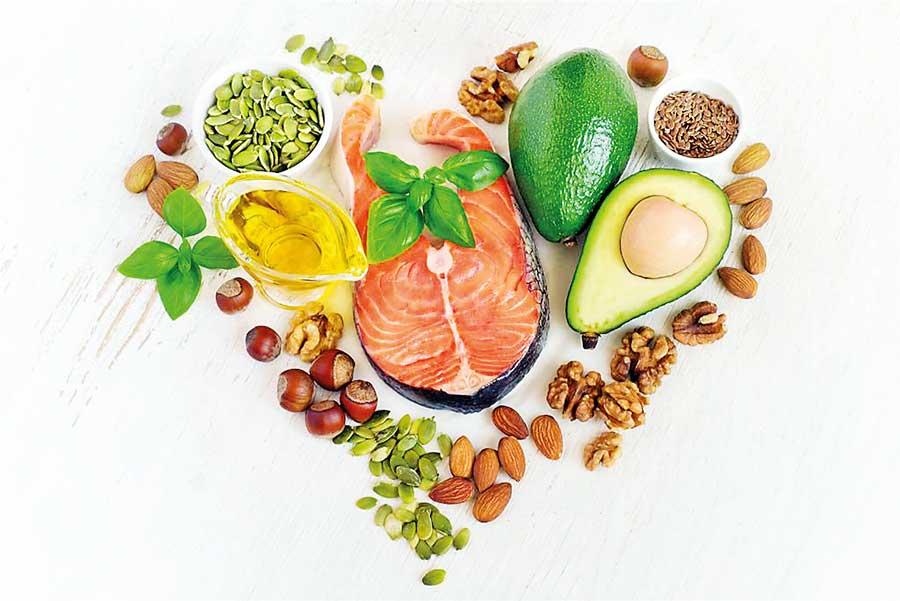04 Oct 2019 - {{hitsCtrl.values.hits}}

 Abnormalities in all of our clinical parametres indicate status of our health condition. However, we always worry about one side of variations (low or high) in those clinical parametres since its undefined side is not generally discussed. People lack knowledge in the field of clinical science. Normally, in a healthy person those medical parametres should have normal distribution as ranges defined by World Health Organisation. But that undefined distribution may be underlying various medical conditions. Therefore, today I thought of discussing those factors and critical health conditions behind those parametres.
Abnormalities in all of our clinical parametres indicate status of our health condition. However, we always worry about one side of variations (low or high) in those clinical parametres since its undefined side is not generally discussed. People lack knowledge in the field of clinical science. Normally, in a healthy person those medical parametres should have normal distribution as ranges defined by World Health Organisation. But that undefined distribution may be underlying various medical conditions. Therefore, today I thought of discussing those factors and critical health conditions behind those parametres.
Thrombocytosis (Elevated platelet count)
Platelets play an important role in hemostasis and vascular integrity. Abnormalities in platelet count, either increase (thrombocytosis) or decrease (thrombocytopenia) accompany diverse pathologic conditions. But, most of us are concerned only about the low platelet count since it indicates an infection. However, high the platelet count it is also dangerous in some circumstances. A primary thrombocytosis is extremely rare in childhood.
Causes for thrombocytosis
Bacterial and viral infection
Chronic inflammation (Burns, Rheumatoid arthritis, Connective tissue disorder and Gluten intolerance)
Trauma (damage to the mind that occurs as a result of a distress) or surgery (remove of spleen by surgery)
Iron, Vitamin E and B 12 deficiency
Allergic reactions
Kidney and pancreas inflammation
Medications (Vincristine, Epinephrine, Tretinoin, Corticosteroids, Micoconazole, Haloperidol, Antibiotics especially beta-lactams, Cocaine and maternal morphine exposure (in neonates), Low molecular weight heparins
Uncontrolled platelet production can cause pregnancy complications including;

High Hemoglobin Concentration
Hemoglobin is an iron-rich protein in red blood cells which gives red colour to red blood cells and helps carry oxygen from the lungs to the rest of the body and carbon dioxide back to the lungs. Normally, pregnant mothers and the fetus have comparatively low level of hemoglobin (Hb) in their blood while high Hb concentration could be seen in men than women. However low hemoglobin levels (less than normal range) usually indicate that a person has anemia and we are confused about this condition. On the other hand, there are high hemoglobin levels than low Hb concentration while it will be indicative of the rare blood disease called polycythemia. It causes the body to make too many red blood cells, causing the blood to be thicker than usual. This can lead to clots, heart attacks, and strokes. It is a serious lifelong condition that can be fatal if it not treated.
A high hemoglobin count occurs most commonly when our body requires an increased oxygen-carrying capacity due to some conditions including;
Low Creatinine level
Creatinine is a chemical waste product of Creatine Phosphate which is an amino acid made by the liver and stored in the liver. Creatinine is the result of normal muscle metabolism. While creatinine enters the bloodstream after it’s broken down and the kidneys remove it from the blood through urine.This process helps our body to maintain a normal creatinine level. A normal Creatinine level also changes according to the age and gender where as men have higher level of creatinine compared to women. And also children have moderately low amount of creatinine in blood. But when a laboratory report indicates an increased level of creatinine, we are more concern about that since it reflects a dysfunction or diseases in the kidney. A low level of serum and urine creatinine also threatens our health since it can occur due to some disease conditions. Since the breakdown of muscle tissue produces creatinine, low levels of this chemical waste often occur in people with low muscle mass. Therefore, it doesn’t always mean there’s a serious medical problem. Research studies have discovered that decrease in 24-hour urinary creatinine excretion rate may appear early in Chronic Kidney Disease (CKD) patients.
Causes for low level of blood creatinine
Elevated High Density Lipoproteins (HDL)
HDL is known as the good cholesterol due to it plays a major role in reverse cholesterol transport by which excess cholesterol is removed from the peripheral vessels and is transported back to the liver for disposal. Therefore, most of physicians advise patients to have higher level of ‘good’ cholesterol (HDL). However, recently some scientists in medical field have discovered that high HDL level in our blood will be dangerous too.
HDL cholesterol does not naturally elevate to higher levels in healthy people who have normal cholesterol processing and metabolism system. In rare cases, HDL level can be elevated due to some causes including;
Research studies have discovered that participants with HDL cholesterol level 41-60 mg/dl had the lowest risk of heart attack or cardiovascular death whereas risk was increased both in participants with low levels (less than 41 mg/dl) and very high levels (> 60 mg/dl) of HDL cholesterol level. And also there was a nearly 50% increased risk of dying from a cardiovascular caused heart attack in participants who had HDL cholesterol levels > 60 mg/dl. Therefore, extremely elevated HDL cholesterol may represent ‘dysfunctional HDL’ which may promote cardiovascular disease rather than protection from heart diseases.
In conclusion, we have to pay more attention to our health by considering both high and low levels in our clinical analysis report. Here I have mentioned some of the specific clinical parametres for which we are not paying more attention to. On one side of the variation (high or low) involves lack of awareness regarding those parametres. But, those factors would bring our life to critical situation since, some clinical factors pose a hidden threat to our health.
(The writer is a medical laboratory technologist at a private hospital and holds a MSc. Degree in Industrial and Environmental Chemistry from the University of Kelaniya and BSC and a Food Production and Technology Management degree from the Wayamba University of Sri Lanka)
22 Dec 2024 17 minute ago
21 Dec 2024 21 Dec 2024
21 Dec 2024 21 Dec 2024
21 Dec 2024 21 Dec 2024
21 Dec 2024 21 Dec 2024